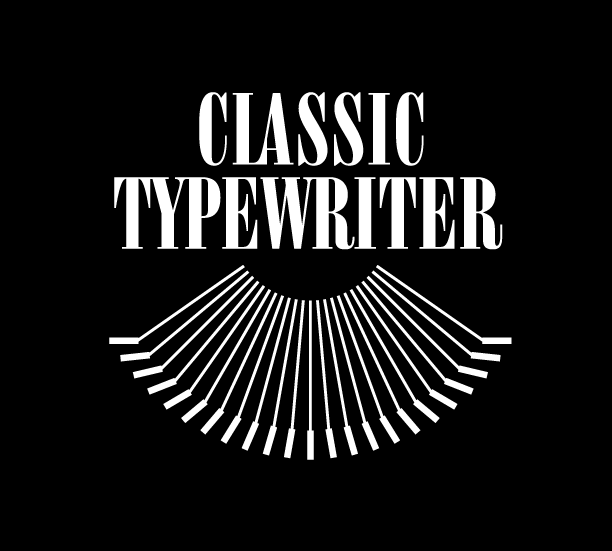The Typewriters of Frank Herbert and Their Role in Shaping Dune
Frank Herbert Writing
Frank Herbert, the mastermind behind the science fiction epic Dune, is celebrated for his meticulous world-building, philosophical depth, and rich storytelling. Though much has been written about his inspiration and research methods, less attention has been paid to the tools he used to bring his iconic universe to life. Chief among those tools was his typewriter—a device that served as both a creative companion and a technological necessity for writers in the pre-digital era.
The Typewriter: A Writer's Trusted Companion
While details about the specific typewriter Frank Herbert used remain elusive, it’s reasonable to speculate based on the era he worked in. Many authors of the mid-20th century preferred models like the Royal Quiet De Luxe, Smith-Corona Standard, or Underwood typewriters. These machines were renowned for their reliability, portability, and smooth operation, making them ideal for professional writers juggling deadlines and revisions.
For Herbert, whose process involved extensive research into ecology, politics, and religion, a dependable typewriter would have been essential. Writing in an era long before word processors, Herbert’s creative process likely involved drafting, editing, and retyping—steps that demanded both patience and a machine that could endure heavy use.
How Typewriters Influenced Dune
Although a typewriter may seem like a neutral tool, the physicality of typing on a manual machine has a way of influencing a writer's rhythm and thought process. For Herbert, this tactile and deliberate act likely mirrored the methodical way he constructed the world of Dune. Here are some ways the typewriter may have shaped his work:
Discipline Through Physicality
Typing on a manual typewriter required precision and care. Each keystroke was a commitment; errors often meant retyping entire pages. This necessity for focus and intention likely paralleled Herbert’s careful crafting of the intricate political and ecological systems in Dune. The weight of a single keystroke might even echo the deliberate actions of his characters, whose decisions often ripple across generations.Limited Distractions, Enhanced Creativity
Unlike modern digital tools, typewriters provided a distraction-free environment. Without internet access or a barrage of notifications, Herbert could immerse himself fully in the world of Arrakis. This isolation from external interruptions may have helped him channel the singular vision required to create such a layered and immersive narrative.Iterative Thinking Through Rewrites
Typewriters enforced a natural revision process. Mistakes and changes meant entire sections had to be retyped, encouraging Herbert to reflect deeply on his wording, structure, and pacing. This meticulous approach is evident in Dune’s complexity, where every sentence feels intentional and every detail contributes to the overarching tapestry.
Herbert’s Legacy and the Enduring Romance of Typewriters
Herbert’s choice of a typewriter was more than a matter of convenience—it was a tool that shaped the creative discipline behind one of science fiction’s greatest works. Today, as modern writers rediscover the charm of manual typewriters, they often cite the same benefits that likely influenced Herbert: the tactile feedback, the focus on craft, and the joy of seeing words take form in ink.
For fans of Dune, imagining Herbert seated at his typewriter, hammering out the lives of Paul Atreides, Lady Jessica, and the mysterious Bene Gesserit, adds another layer of appreciation for the epic’s creation. His story is a testament to how even the tools of a writer’s trade can leave their mark on the worlds they create.
In the end, while we may never know the exact typewriter Herbert used, we can confidently say that it was more than just a machine—it was a portal to the deserts of Arrakis, the halls of power on Caladan, and the farthest reaches of human imagination.

